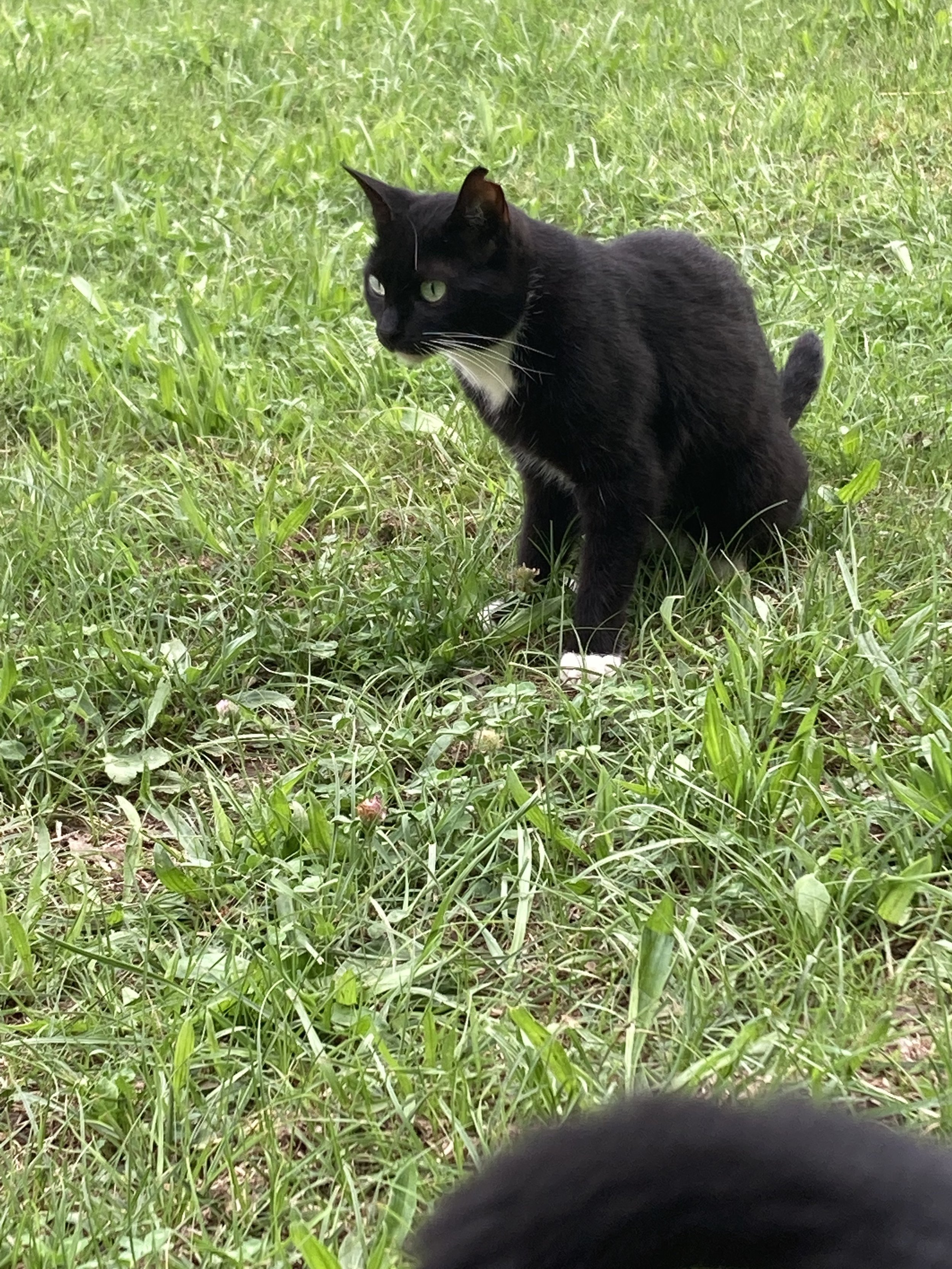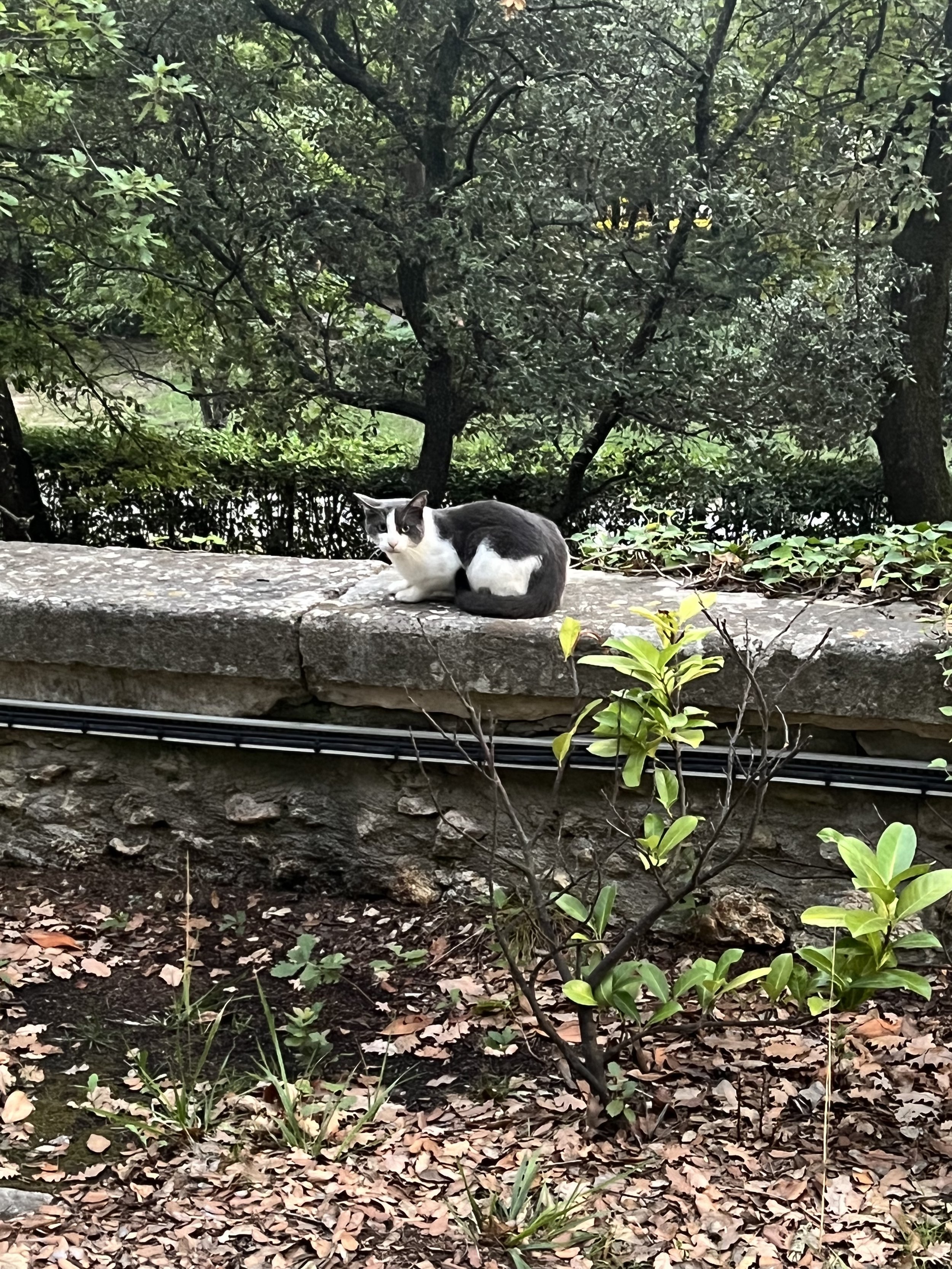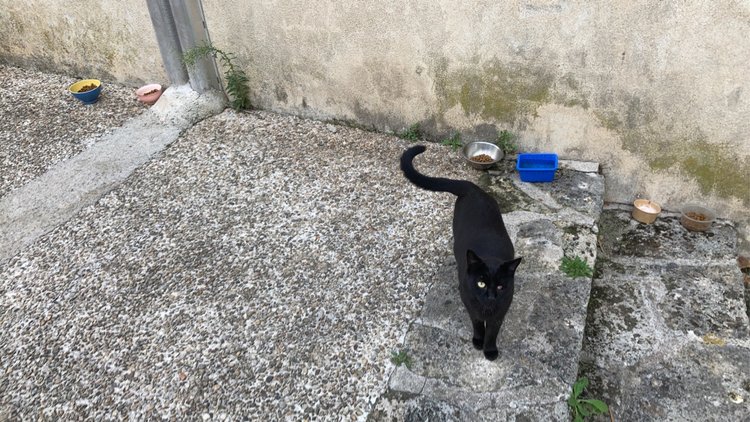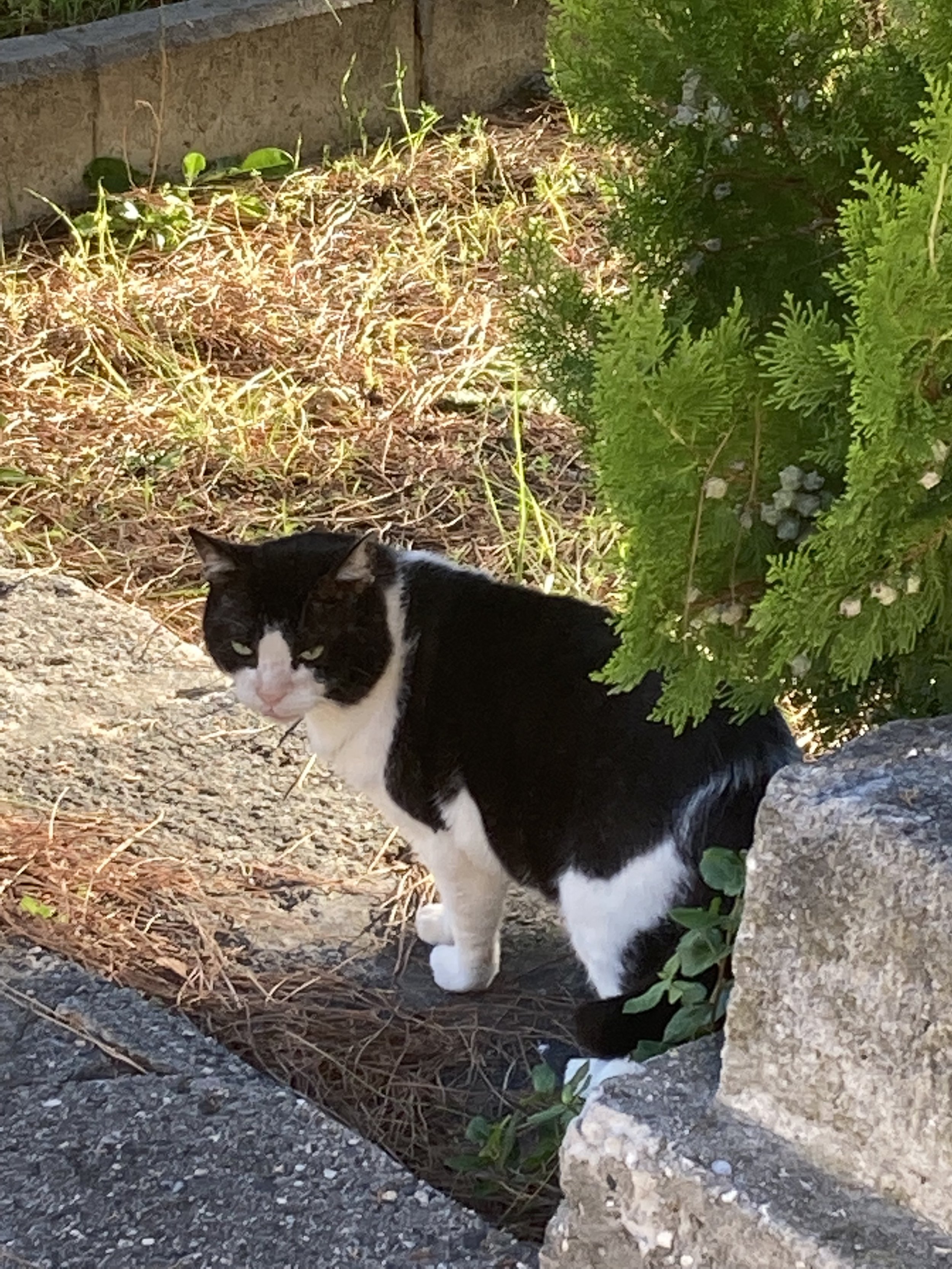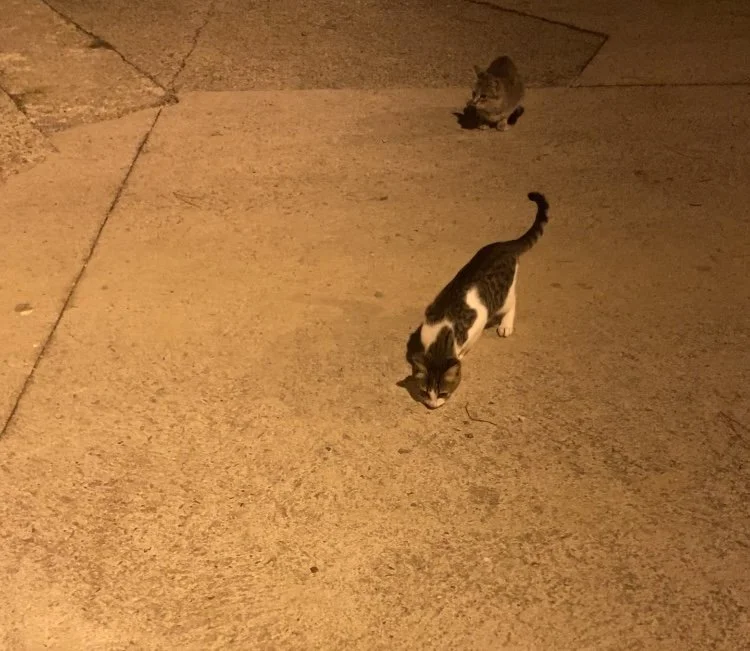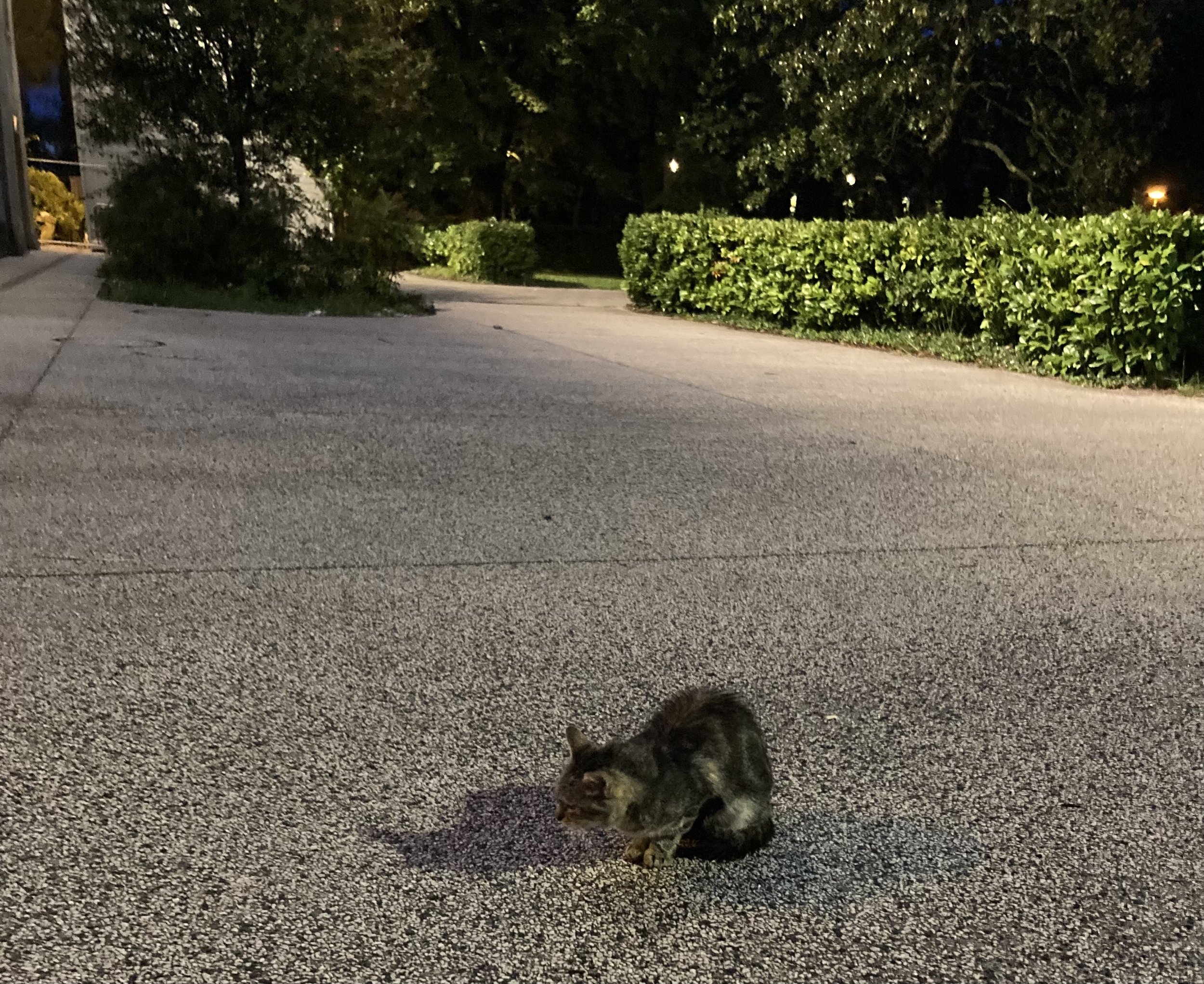By: Madelynn Loring, Staff Writer
On August 31, I boarded a plane to the Paris Orly Airport to start my study abroad adventure. After almost 14 hours of travel and layover time, I finally reached my destination, Montpellier, a coastal city in the south of France. The weather, at least for the present moment, is almost tropical (brutally so, because very few buildings here have any air conditioning.) One in every five people in the city is a student, many of whom are international, much like myself. The city is easily navigable by public transport, and the plethora of mixing cultures makes it a perfect place to explore as a student.
When reflecting upon how I would continue to contribute to the Highlander, and the Regis community as a whole, I figured I would write articles documenting the study abroad experience with my tips, tricks, and insights into the journey of studying abroad. However, since arriving in Montpellier, the subject of the first article has shifted from what I had initially planned. So, rest assured, I will be writing What I wish I knew before I Studied Abroad: Part 1 of 803 shortly, but, for the time being, I am going to focus on the aspect of Montpellier culture that I have come into the closest and most frequent contact with, the savvy strays I have dubbed Community Cats.
These strays are unlike those we see in the United States. American strays are generally viewed as a hazard or as a population that needs rescued and sent to be pets. While I certainly don’t want to dismiss rescue efforts in America, the French seem to have an entirely different attitude towards stray cats. In their mind, all cats are outdoor cats; therefore, why spend time and energy trying to make outdoor animals indoor pets?
However, unlike Americans, the residents of Montpellier take a great deal of responsibility for their strays. I discovered this in my first week in France. I was eating dinner outside a local kebab restaurant with a new friend, when the fattest black cat I have ever seen walked up, stopping just before the threshold of the restaurant. And he started to meow. The owner poked his head out of the restaurant door, evidently to ensure that he had actually heard meows, before retreating inside and returning with what looked like at least two pounds of scrap kebab meat. He promptly placed it in front of the cat, and returned to his grill.
My friend (who is also American) and I watched in amazement as the cat gorged himself on kebab meat and then waddled away, leaving his leftovers to a smaller gray cat who appeared out of a nearby shrub. We finished our own dinner, and then returned to our student residence, chucking about the whole situation. However, as we reached the residence campus and were walking to our building, I noticed something I hadn’t before. There were small bowls and tupperwares lined on the outside of the administrative building. Could those be for stray cats? Little did I know that I was about to encounter the most adorable yet fierce entourage of felines I’d ever met, and eventually begin to take part in the communal care of France’s stray cats. So, without further ado, allow me to introduce you to the Community Cats of the Cite Universitaire Boutonnet.
Hugo: Je vous présente Hugo, le vrai amour de ma vie. In all seriousness, I adore this cat. I am probably going to cry when I have to say goodbye to him when I go home. (It is also worth mentioning at this point that I am not actually aware of the sex of any of these cats; they aren’t exactly the roll-over-on-their-backs-for-playtime type of cats, so whatever pronouns I use are based solely on vibes. If the French can do it for inanimate objects, I can do it for cats.) Hugo gave me the warmest welcome to the residence out of anyone. He is the only community cat who will accept pets at this point, and is perfectly happy to walk up to anyone and everyone to demand pets and/or food. Hugo only has one eye, and has been that way since I arrived at the Cite U. It definitely affects his vision (he’s almost eaten rocks while looking for treats before) but he handles it like a champ. He is also the reason I started to feed the community cats; his first ever meal from me was three french fries I took from the aforementioned kebab restaurant. However, I quickly learned that French cats were not as interested in carbs as French people, and bought some duck-flavored cat treats from the nearby CarreFour. Hugo has since learned to recognize me not only by appearance, but by voice and footstep as he will run from around corners when he hears me coming close to the stairs where he tends to nap. He has also started to follow me towards my residence building, which is concerning as I might begin to wake up to his meows echoing from outside the door to the ground floor. Regardless, I would die for this cat, and I have known him for two weeks.
Escargot: I first saw Escargot from a distance and was able to name him instantaneously because when he sits, his silhouette looks like a snail. I love this little guy. He’s very shy and honestly a little bit stupid but he has the cutest meow and how can you not love a little cat who looks like a snail?
Cappuccino: Hands down the cutest kitten on campus. My friend Waka actually helped me name her after I spotted her on the eastern side of the residence campus and managed to snap a picture. Cappuccino was very timid at first, but is a quick learner, and after watching Hugo secure over a dozen treats by meowing at me, she has started to do the same. She is not quite willing to accept pets yet, but has come within a pettable distance several times, so my hopes are high.
La Vache: She looks like a cow and likes to dig holes. La Vache earned her namesake quickly, because, again, she has cow patterned fur. But how do I know that she likes to dig holes? Funny story actually. There are a total of three washing machines available to a residence campus of seven five-story dorm buildings, so if you want to guarantee that you'll be able to do your laundry, you have to go either really early or really late. So I was up at 5 am to do my laundry and I was walking through the campus in the dark. I was already on edge (due to the fact that I was a woman who was alone in the dark) when I heard rustling in the bushes next to me. I figured that my life was simply just over but when I looked over, it was La Vache, furiously digging a hole in the dirt. We made very strong eye contact for about three seconds, and then she returned to digging her hole and I kept walking towards the laundry room. I haven’t given La Vache many treats, but I feel we have developed mutual respect for each other due to this experience.
Trucs 1-3: Dr. Seuss came up with Thing 1 and Thing 2, so when I spotted two gray and white cats, I decided to plagiarize because I was running out of creative names. But then, my friend Helen texted me a picture of a third gray and white cat. I initially mistook it for La Vache, but sure enough, it was Truc 3. I haven't interacted much with these cats, but they are definitely very chonky and very cute.
Bottes: I believe that everyone has known a black cat with white paws named Boots at some point, but this is a French black cat with white paws so his name is Bottes. He is very personable and likes to people-watch on the grassy fields on the residence campus. He is very nimble and is actually one of the few cats who can beat Hugo to a treat. I hope to pet him one day, but I’m not getting my hopes up. Bottes is big on food, but not so big on people, at least in close proximity to him.
Ginger: Ginger hates me. And I mean that in all seriousness. She loathes me and runs away whenever she sees me. Generally, to get the community cats to come close to me, I have to throw a treat at them from 20 to 30 feet. They typically jump a little bit, and then cautiously investigate before chowing down. Then I slowly throw treats closer to me until they are within anywhere from five feet to literally sitting on my shoes. This tactic, however, did not work with Ginger. She had realized I was watching her before I even got the treats out of my purse (yes, I carry cat treats with me wherever I go now.) However, when I threw the treat, she jumped about a foot into the air and ran away. Since then, I have never been able to even get close enough to Ginger to throw another treat, except for when I snuck up and snapped this picture right before she spirited in the other direction. She will always be known to me as the one who got away.
There are honestly so many cats on campus that since I started writing this piece to when I finished it, I have already seen about six more, and there seem to be new ones every week. I plan to continue to give updates on the community cats as time progresses, and perhaps introduce some of the newbies. Regardless, I hope you have enjoyed the pictures of the cute community cats of Montpellier!
If you are interested in studying abroad, reach out to the Office of Global Education online or at oge@regis.edu.


